
The Super Max 16-32 Surface Sander
George VondriskaSurface sanders, also called drum sanders, have really come a long way. It’s not that long ago that you’d only find surface sanders in large, commercial shops. Today, sanders have become way more prevalent in small shops, and way more accessible to woodworkers.
SuperMax has been a name in the surface sander world for a long time. I saw the SuperMax 16-32 at a woodworking show, and couldn’t wait to check it out up close. I finally got that chance. Here’s your look at the machine.
In general, I like having a surface sander because it speeds up my woodworking, and does a great job on dust collection. It’s lots faster to feed project parts through a sander than it is to run a random orbit sander over every piece. To be fair you’ll still have to do some random orbit work, but very little is required following a surface sander. And, with a good dust collector, you’ll see very little airborne wood dust.
With regards to the 16-32 in particular, here’s some stuff I really like:
- Quick advance on height changes. No need to spin the handwheel a million times. Just use the quick move lever when you’re going from thin to thick to thin.
- Folding infeed and outfeed tables. Don’t need ‘em? Fold them out of the way.
- IntelliSand. The machine automatically reduces the feed rate on the conveyor if you’re trying to take off too much material per pass.
- Easy to sand wide parts. This machine handles material up to 32” wide. It’s very easy to do a reset on the sanding head to allow this.
For more info
Want to know more about SuperMax Tools and the 16-32? Visit supermaxtools.com, or call (888) 454-3401.
Sanding
Sanding is a necessary part of woodworking. And there’s more to it than just rubbing sandpaper back and forth on your projects. Learn more by watching more videos on sanding.
Share tips, start a discussion or ask one of our experts or other students a question.
Already a member? Sign in
5 Responses to “The Super Max 16-32 Surface Sander”
Explore videos by George Vondriska
You may be interested in
Premium Membership
Unlock exclusive member content from our industry experts.
- 24/7 Access to Premium Woodworking Videos, Projects, and Tips
- Step-by-Step Instructional Demos, Plans, and Tutorials
- 50% Off Video Downloads Purchased in the Woodworkers Guild of America Shop
- 2 Printable Woodworking Plans
Unlock exclusive member content from our industry experts.
- 24/7 Access to Premium Woodworking Videos, Projects, and Tips
- Step-by-Step Instructional Demos, Plans, and Tutorials
- 50% Off Video Downloads Purchased in the Woodworkers Guild of America Shop
- 2 Full-Length Video Downloads to Watch Offline
- 2 Printable Woodworking Plans
Gold Membership
$370 Value
Get everything included in Premium plus exclusive Gold Membership benefits.
- 24/7 Access to Premium Woodworking Videos, Projects, and Tips
- Step-by-Step Instructional Demos, Plans, and Tutorials
- 8 Full-Length Video Downloads to Watch Offline
- 3 Full-Length Woodworking Classes to Keep for Life
- 7 Printable Woodworking Plans
- Discounts on Purchase-to-Own Content in the Woodworkers Guild of America Shop
- Access to Ask the Expert Program
- Exclusive GOLD LIVE Streaming Events
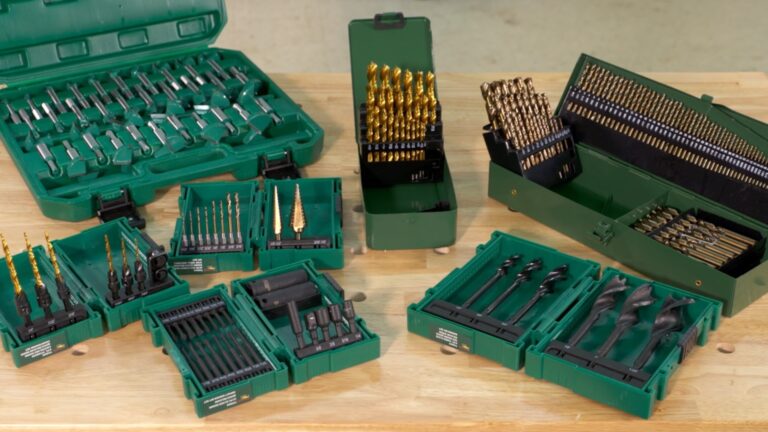




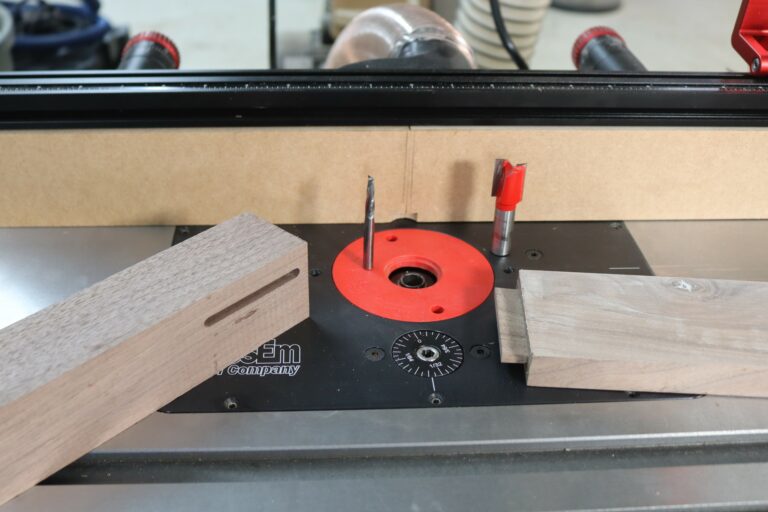
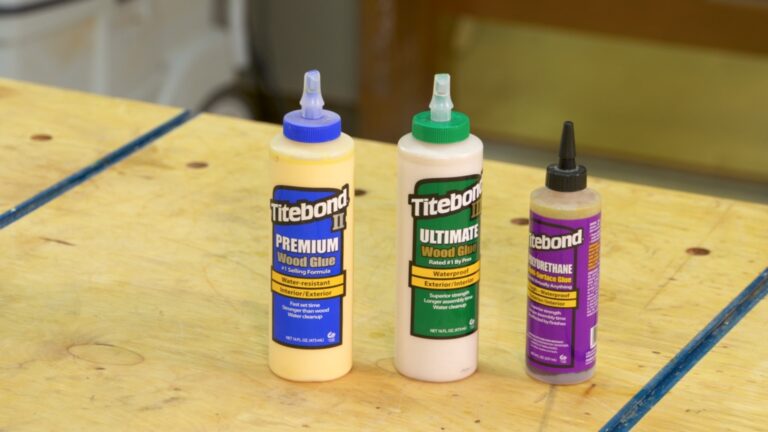
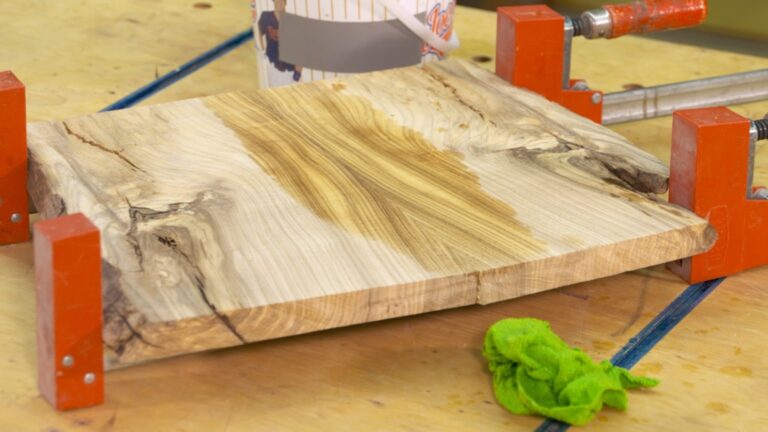
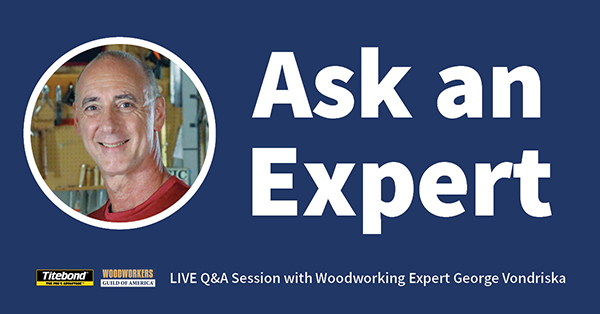

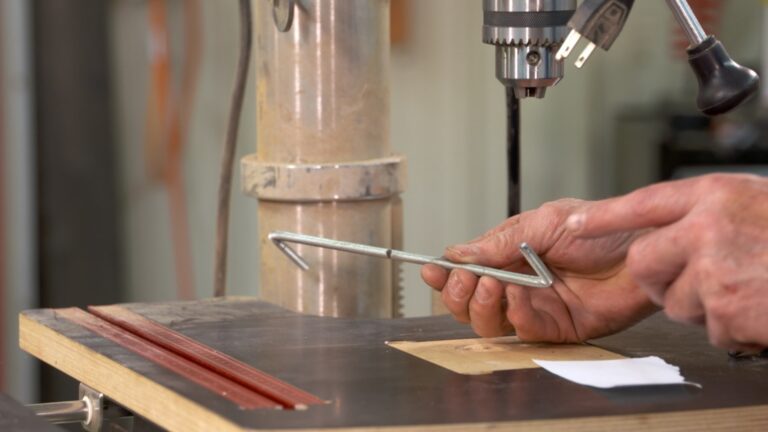

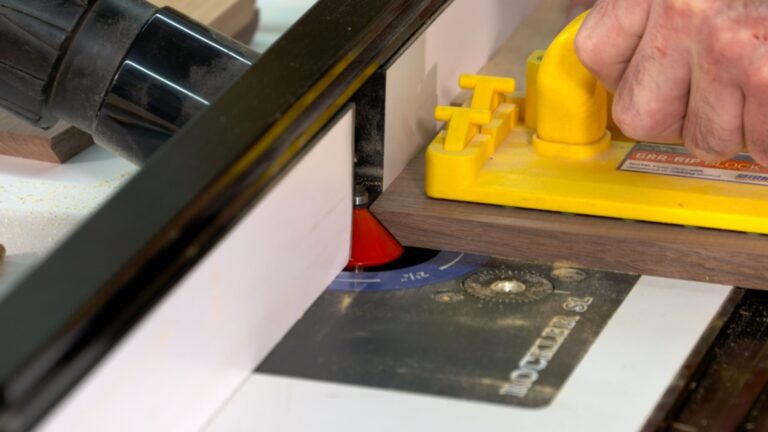

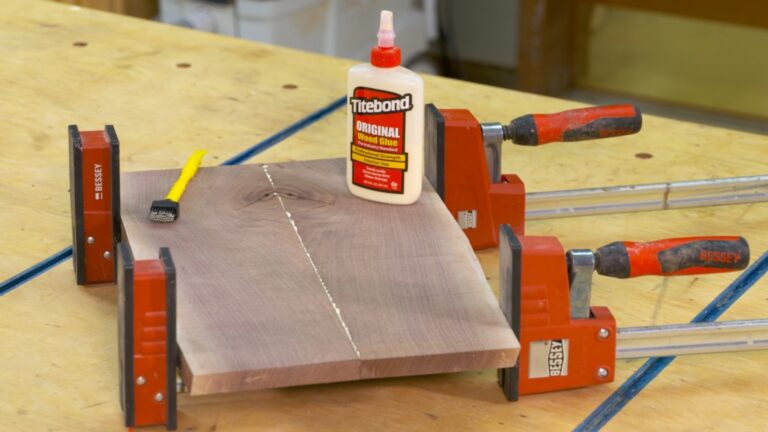
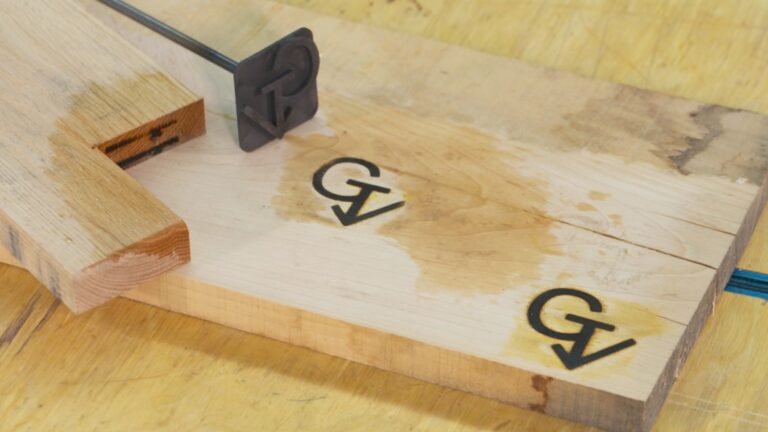
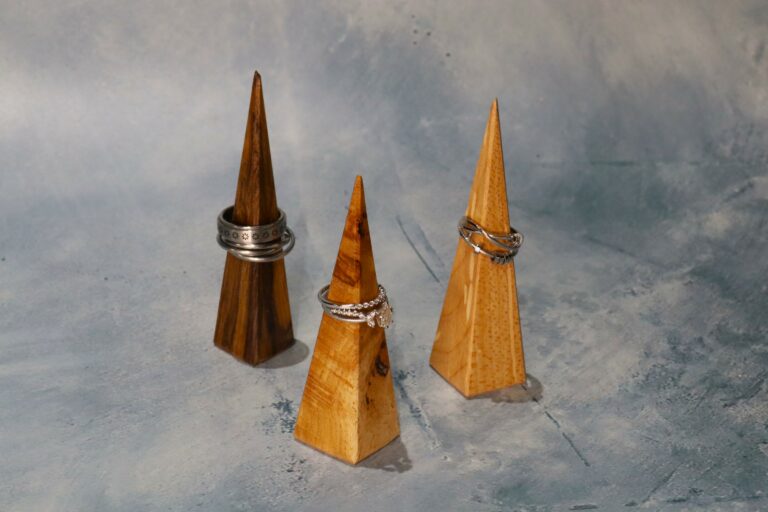
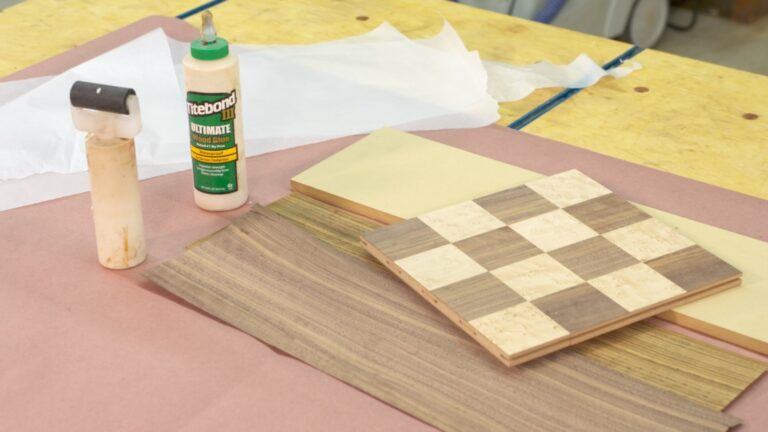
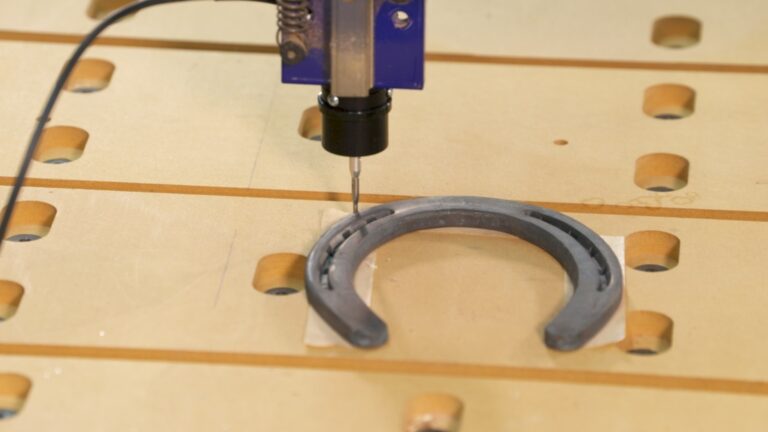
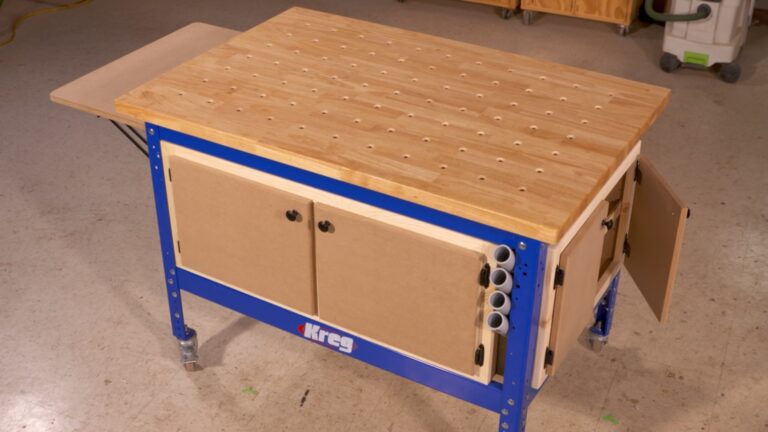
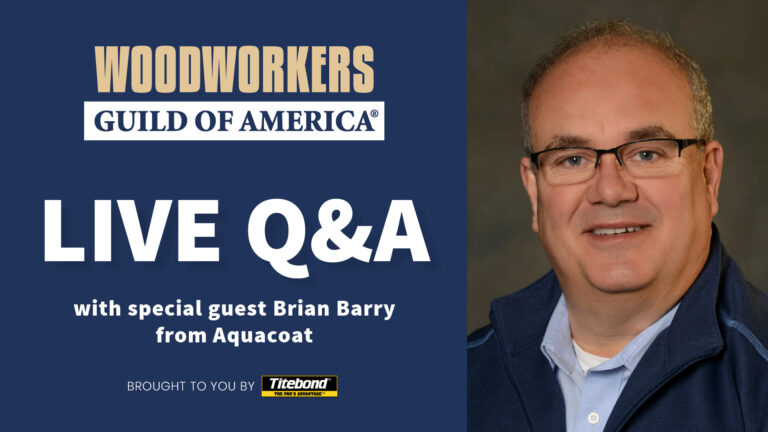

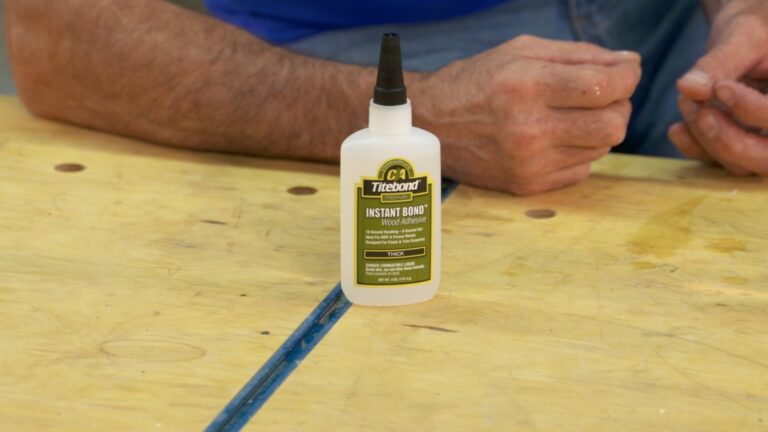
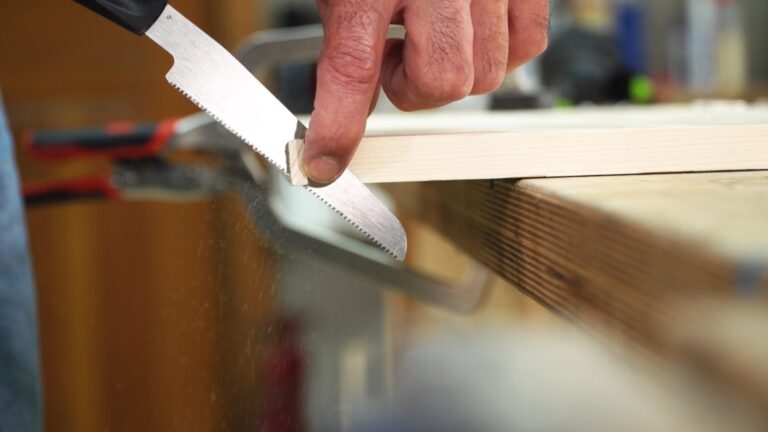
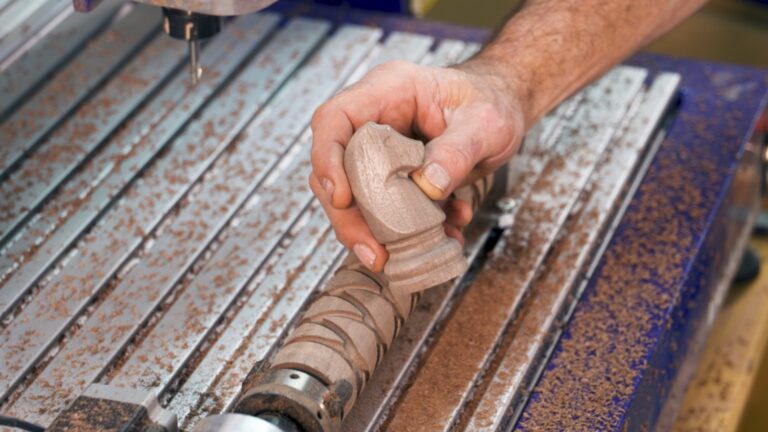
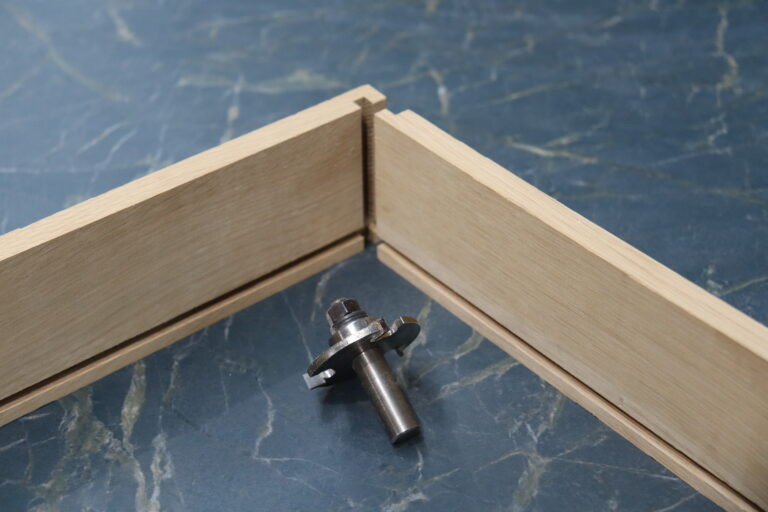
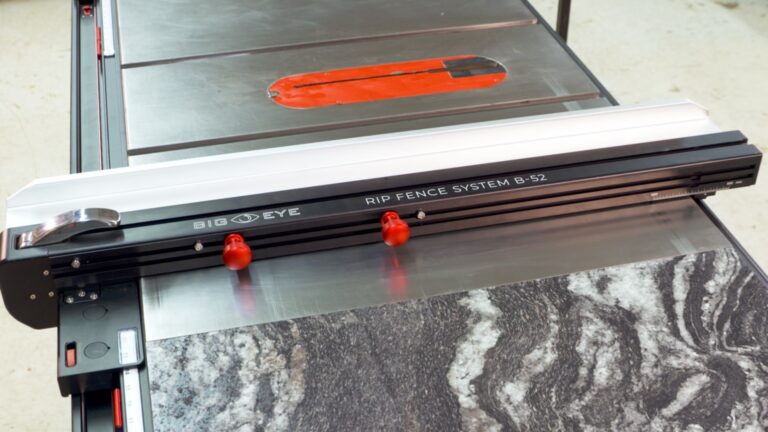
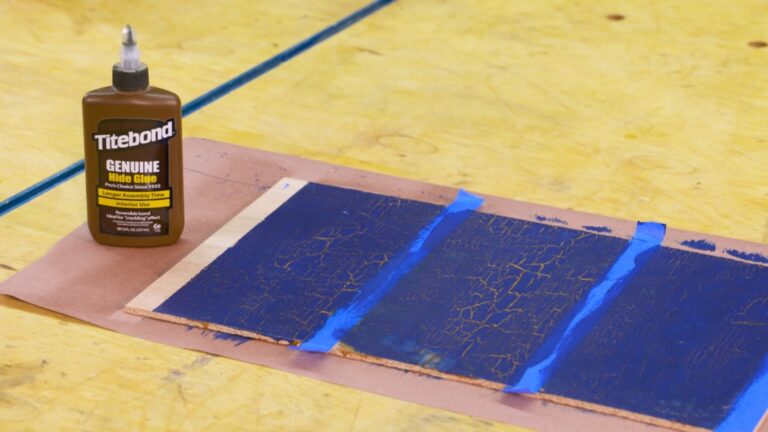
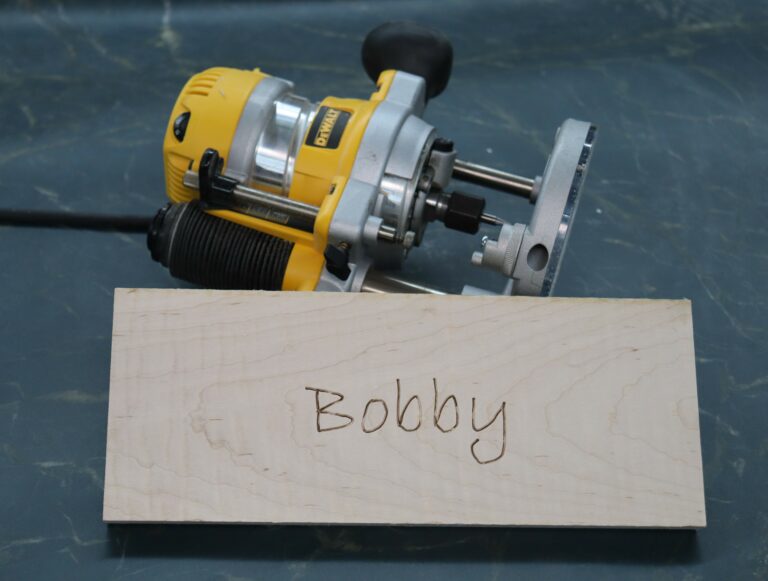
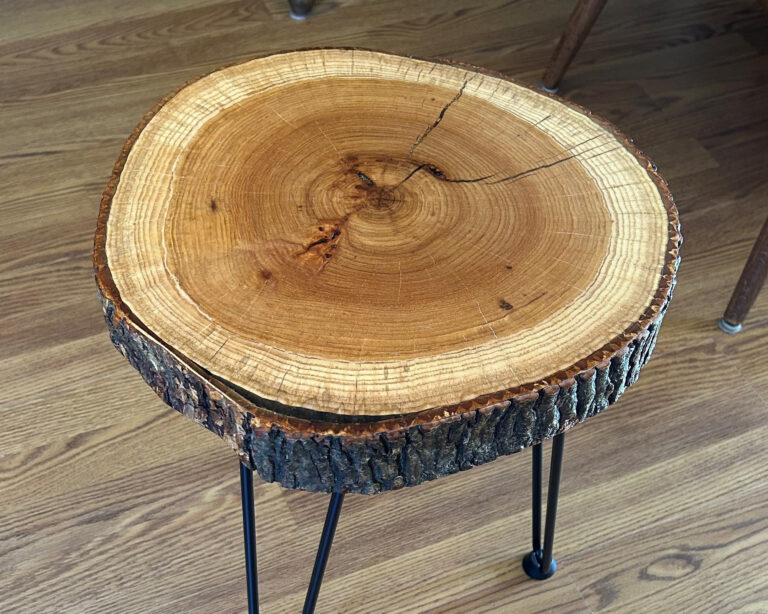
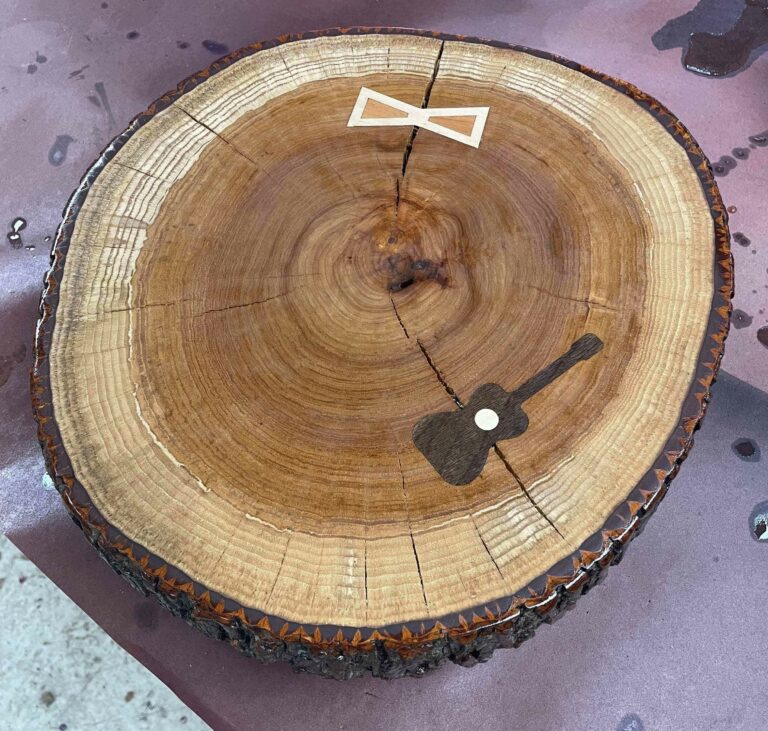

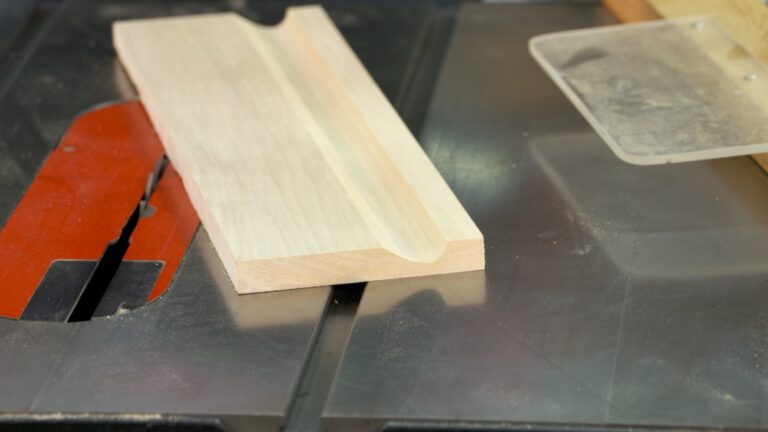

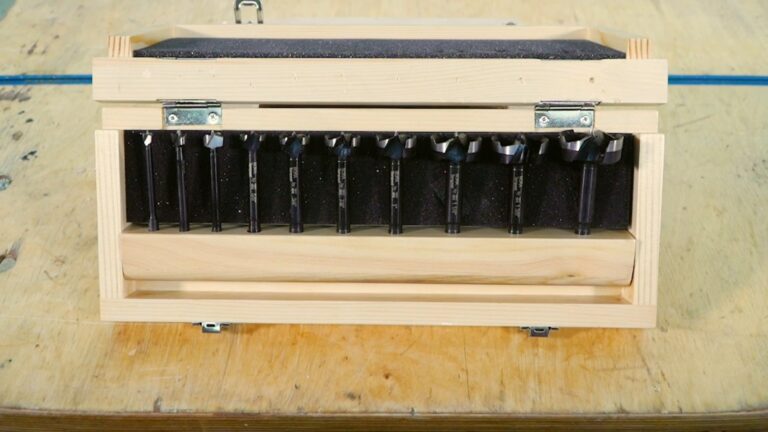

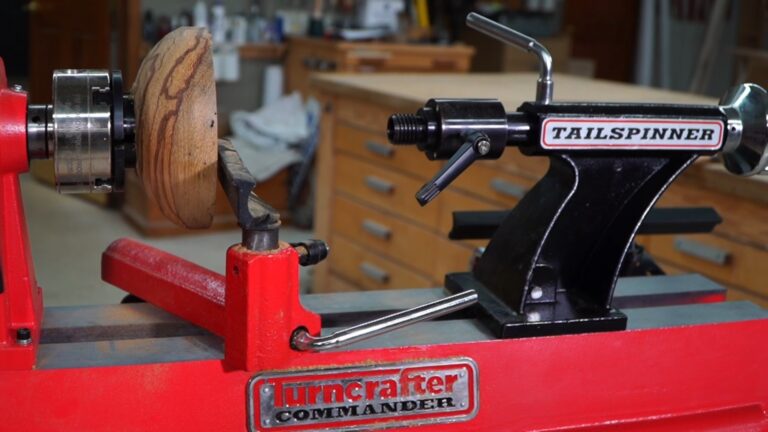
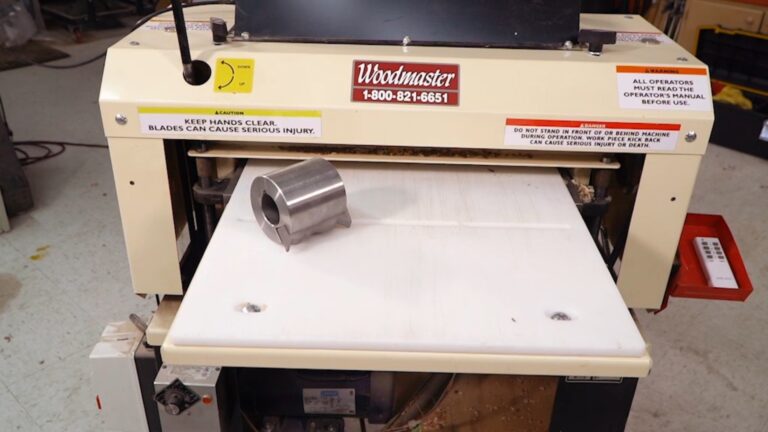

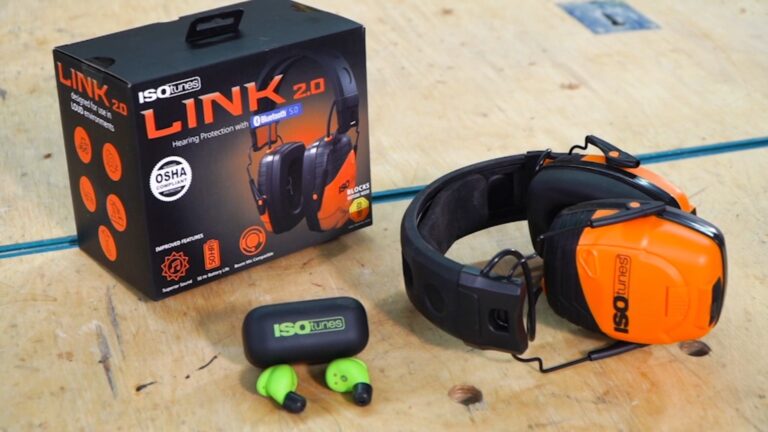
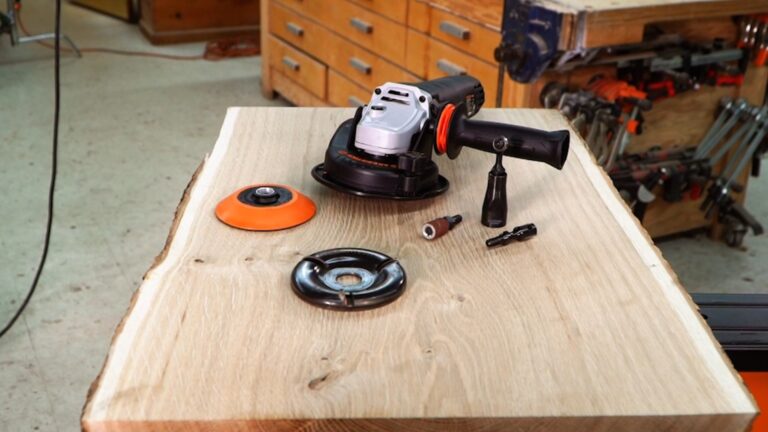





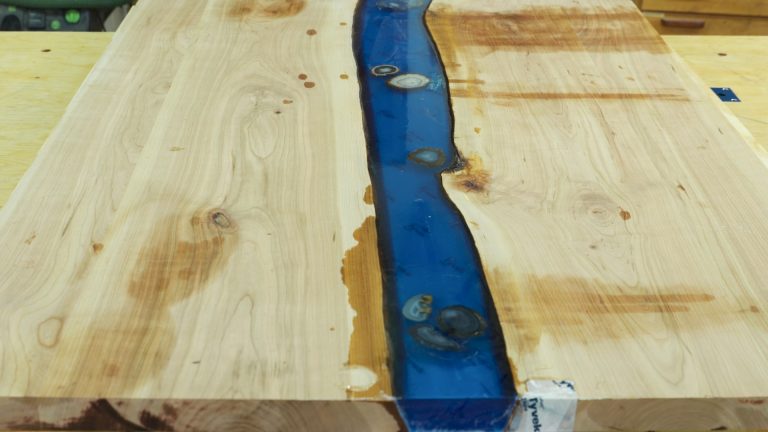


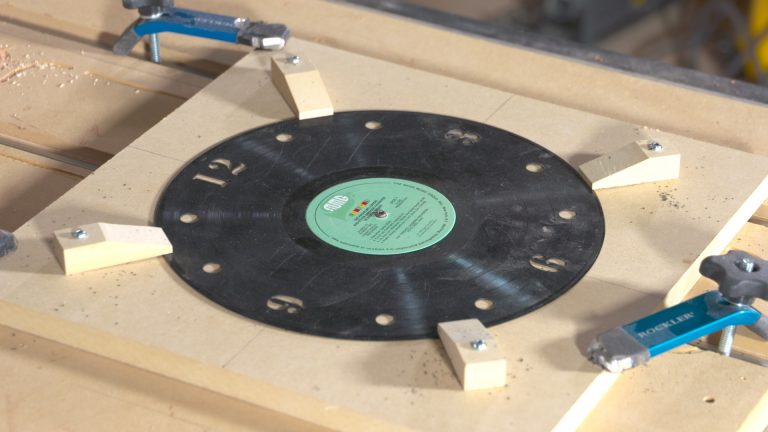

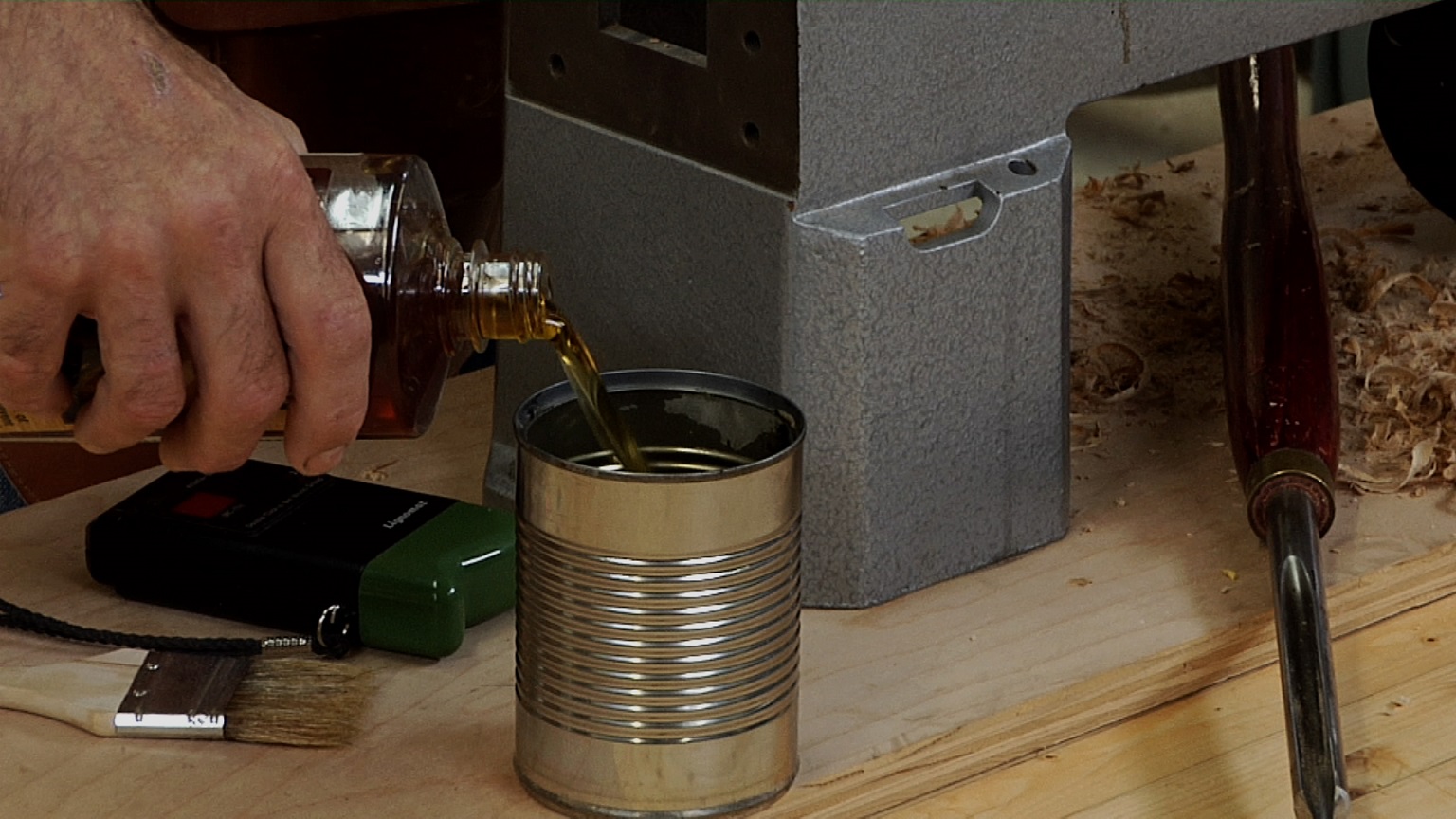
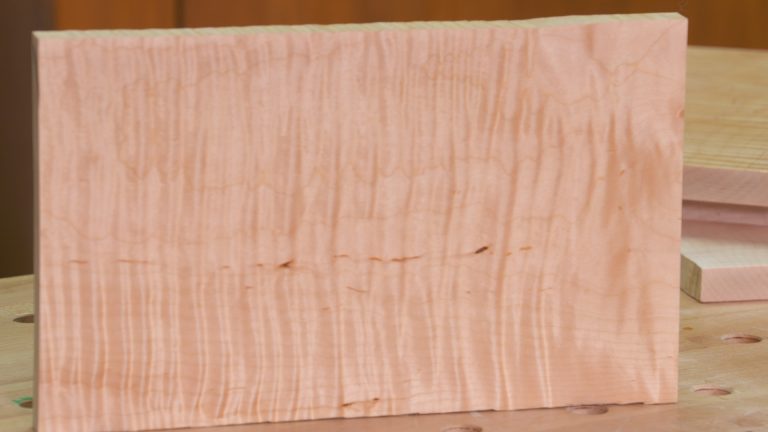
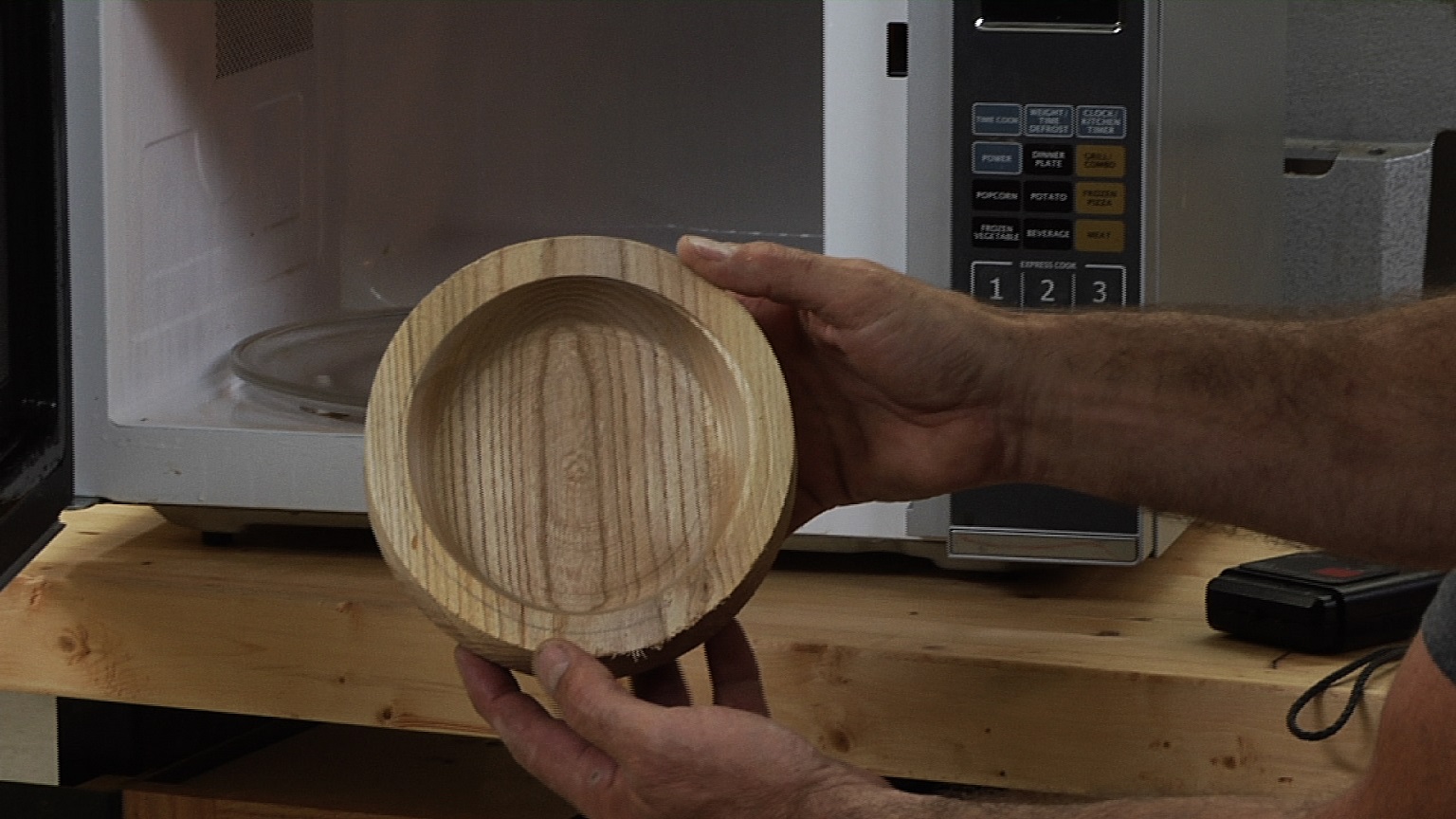
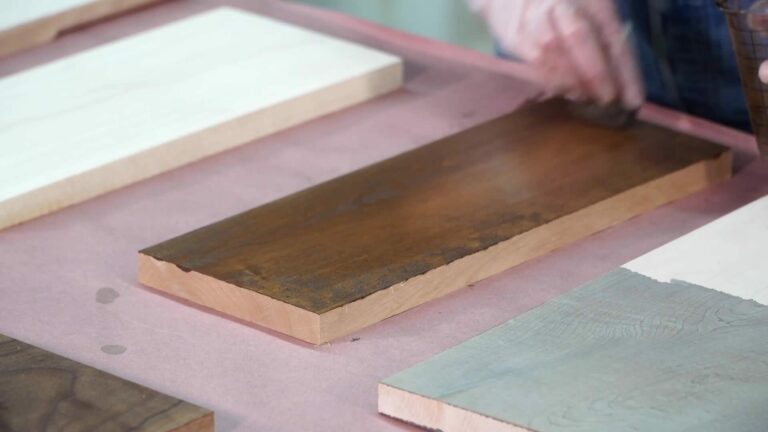


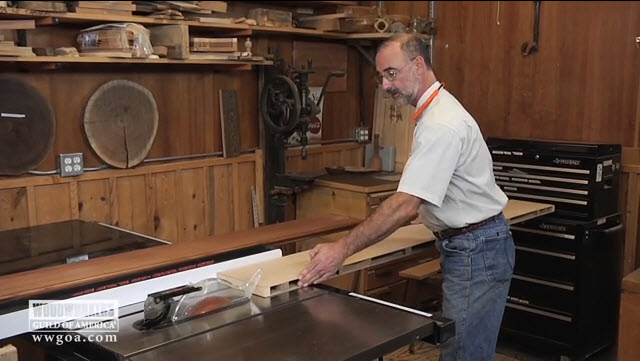
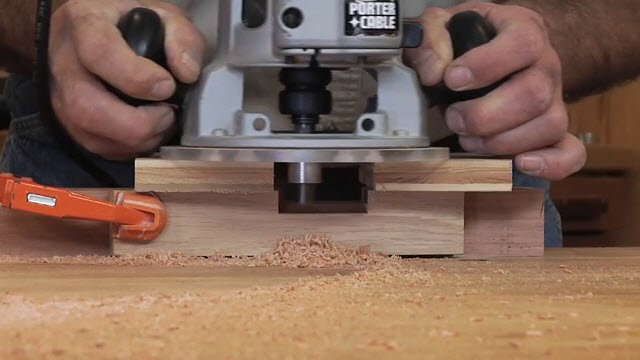
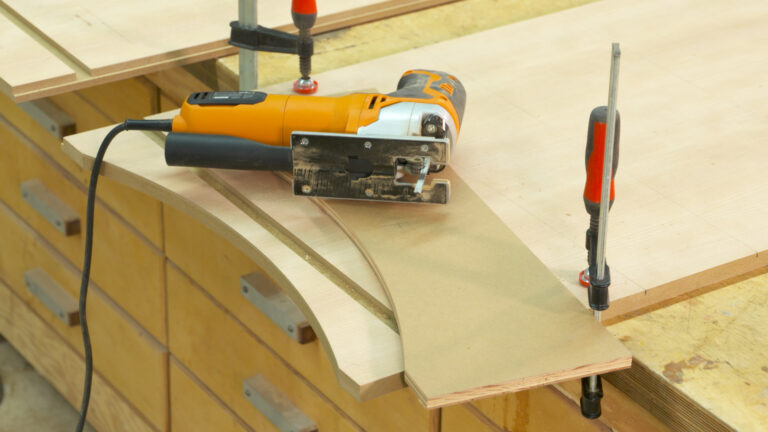
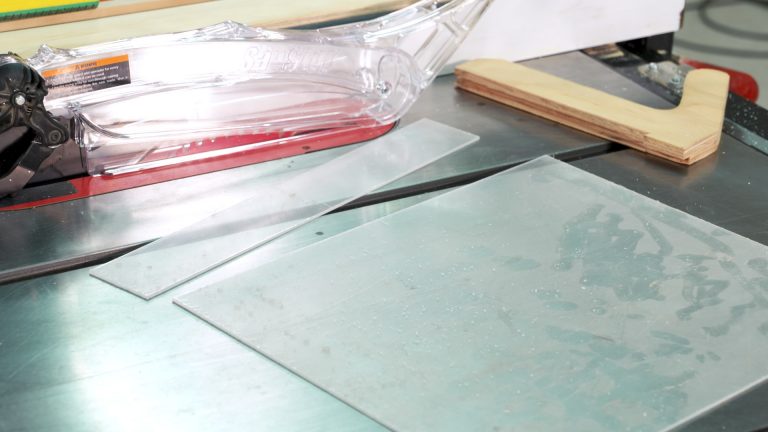
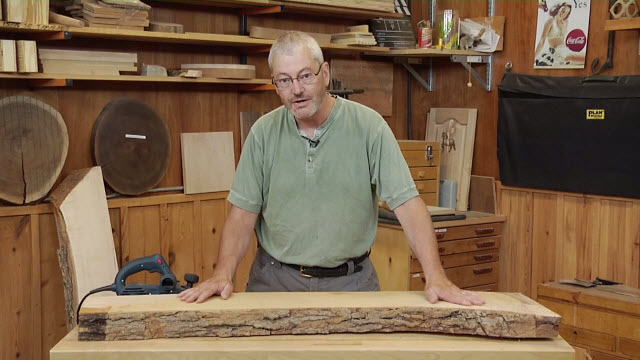
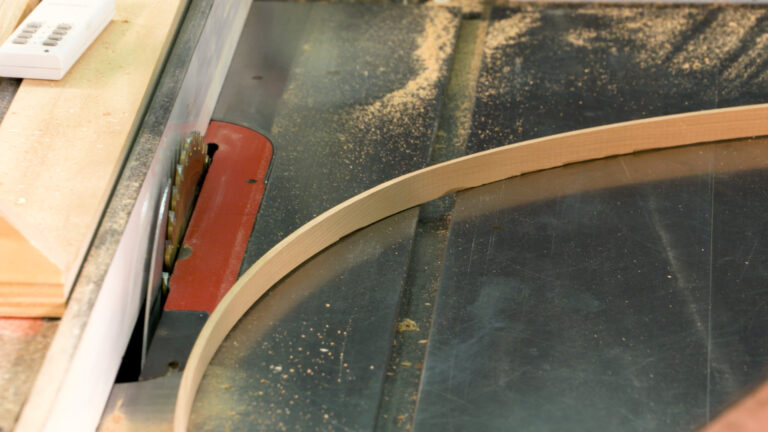
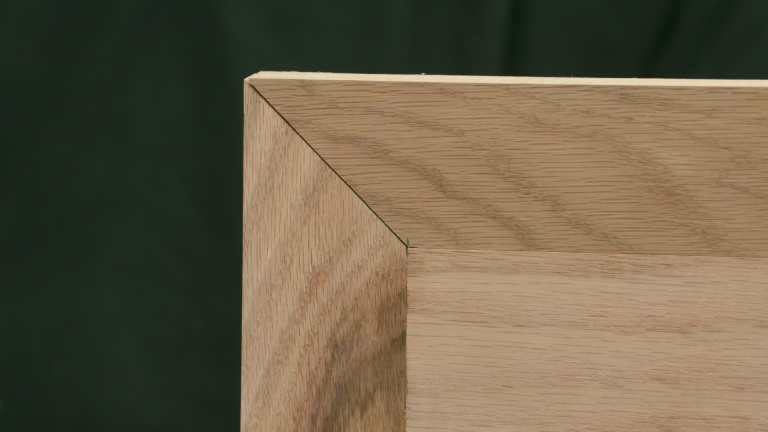






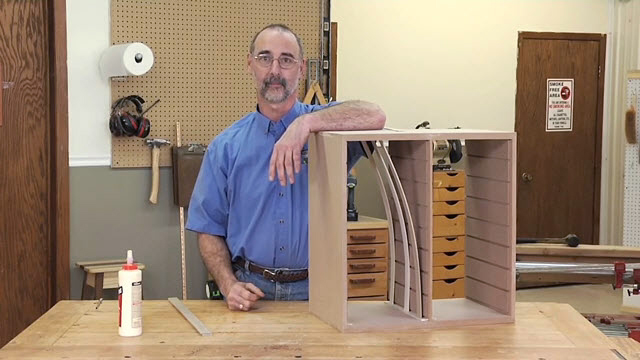
I am looking at table fed belt sanders, 24"-36" What is the benefit/difference between having a belt vice a drum sander of this capacity? I notice that the drum sanders tend to be a little easier on the wallet but how well do they hold up? Also, a large belt I can clean several times before having to replace. How does the drum measure up in this regards?
George agree 100%, if only Super Max had an oscillating version like Jet does that I absolutely love. The oscillating feature extends the sanding belt life considerably, sands much better and minimizes burning especially in woods like cherry.
<strong>Ticket 16963 George, great video! Do you think the new features on the 16-32 outweigh the additional capacity of the 19-38?
I would think any review of this type of machine would have to include the changing of the sanding grit, no?
Good video but severely lacking in key information. What are the advantages of a drum sander? Why would a home shop need one? They seem to be an expensive luxury. Also, this video failed to discuss my biggest concern: how hard is it to change the sanding drum. This question has multiple aspects: how long does a typical sanding drum last, and how expensive are the drums? During regular sanding, one often works from coarse to fine grit. Changing a sanding pad on a ROS is easy. It would seem like on a machine like this it would be much harder on a given job to work down to finer grits. A follow up video addressing these questions would be crucial to decide whether to spend the money or not.